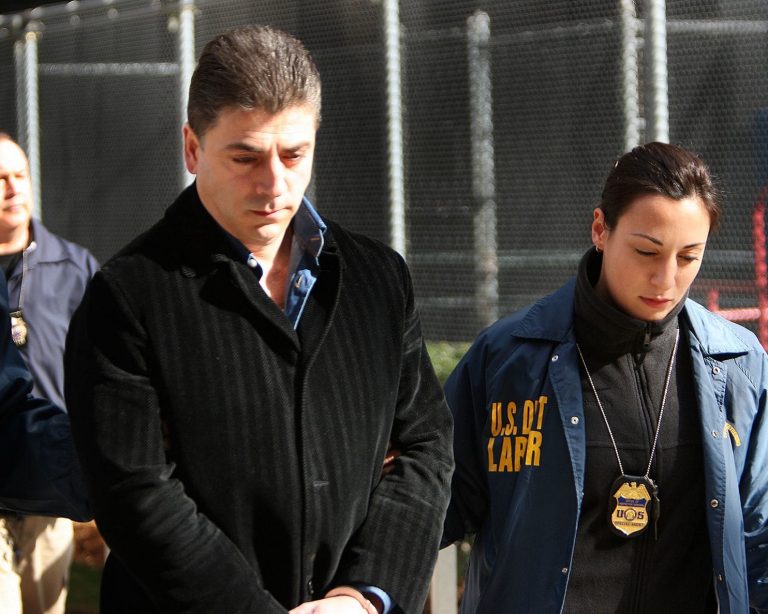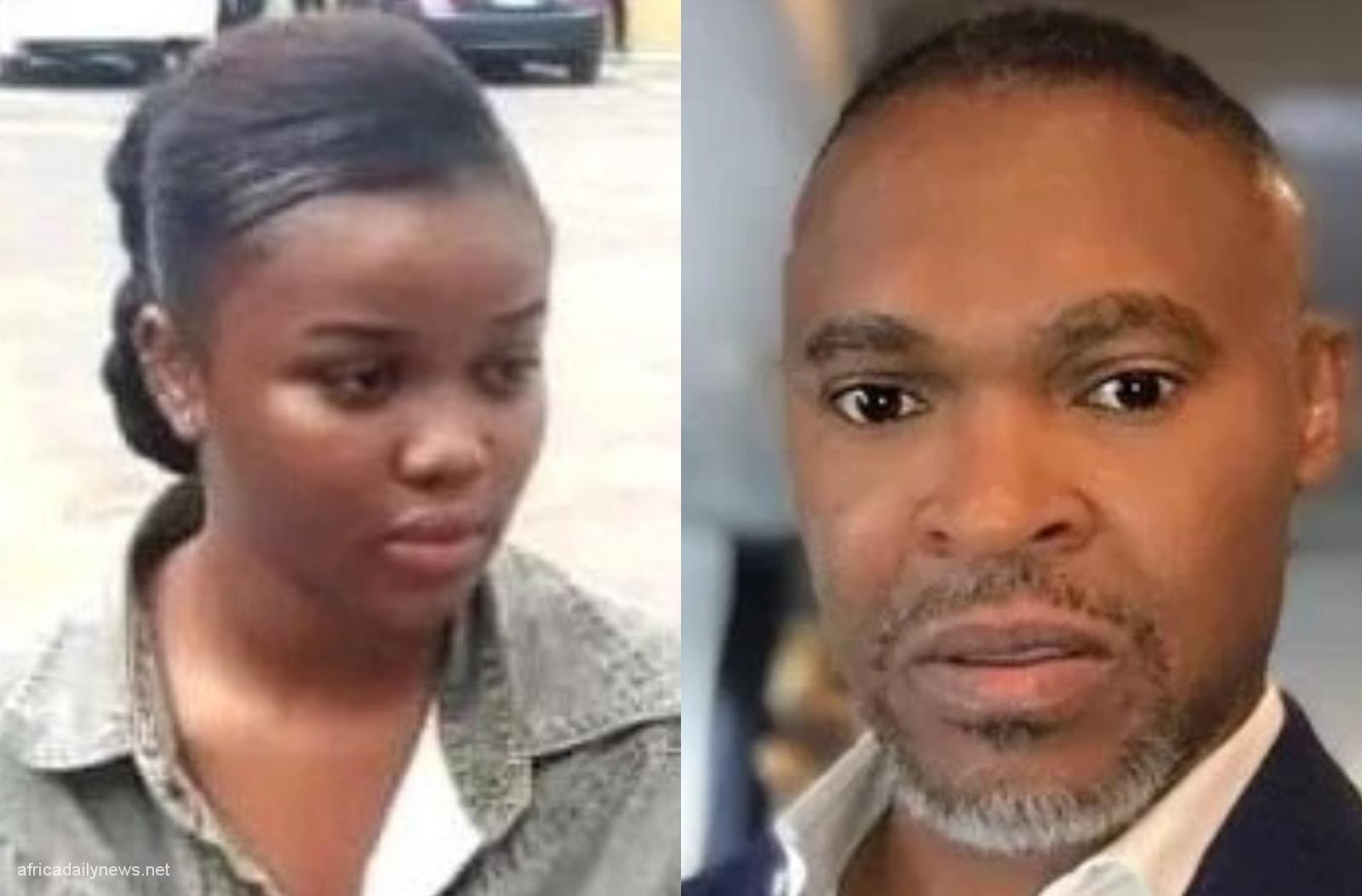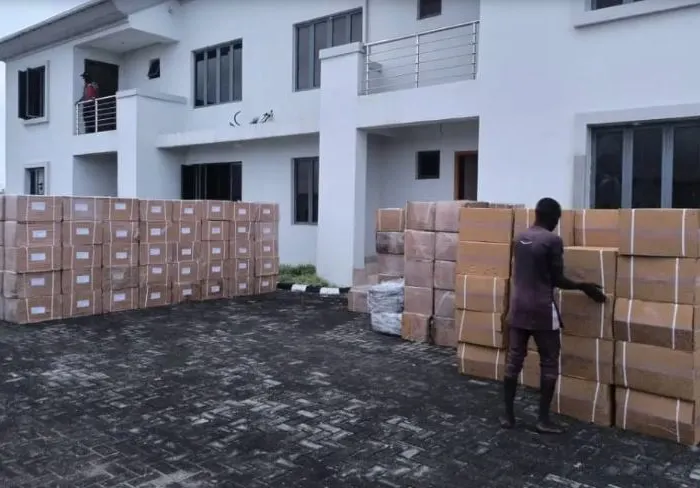Cigar-chomping Mafia bosses in dapper suits once dominated perceptions of organized crime in the United States. While the dons are less flamboyant now and shun the spotlight, their work continues in the shadows, experts say.
The killing of Gambino family boss Frank Cali brought back memories of mobsters getting whacked in brazen hits that stunned the nation decades ago. Cali was found gunned down Wednesday night outside his home in New York, leading to initial speculation on whether the killing was related to a Mafia feud.
The last time a Mafia boss was assassinated in the city was 34 years ago, when former Gambino don Paul Castellano was shot dead as he arrived at a popular steakhouse in midtown Manhattan, a hit ordered by the so-called “Dapper Don” himself, John J. Gotti.
CNN legal analyst James Gagliano said Cali’s killing reminded him of his work with the FBI’s Gambino crime squad in New York City in the 1990s.
“Scenes like this were somewhat commonplace during the mob wars,” he tweeted. “Guarantee this does not go unanswered. Hoping this isn’t the opening salvo, ushering in a new era of mob violence.”
Mafia groups have reinvented themselves
Executing Mafia dons may not be as common today, but organized crime is still big business.
Just ask drug kingpin Joaquin “El Chapo” Guzman or those in the Mexican and Colombian drug cartels, which have largely overtaken the spotlight from the American Mafia.
Even without the spotlight, American mobsters have evolved with the times and remain influential in their own cities and regions, experts say.
In New York, for example, the FBI says the same five major families of the Italian-American Mafia dominate organized crime: Bonnano, Columbo, Gambino, Genovese and Lucchese.
In the post-Godfather era, Mafia groups have broken down their traditional structures and reinvented themselves to survive in the new world of transnational organized crime, said David Shapiro, a professor at the John Jay College of Criminal Justice at the City University of New York.
Their new structure means the walls among the five families are less rigid and they have more interactions with other groups, he said.
Under traditional Mafia structures, the boss or the don is the leader and the underboss is the second in command — usually, a son groomed to take over the family business. The No. 3 person is an adviser and confidant, and below him, a capo who leads the lowest members of the crime family, known as soldiers.
An associate is part of the crew, but performs crimes under the protection of members and gives his share of illegal proceeds to a supervisor.










